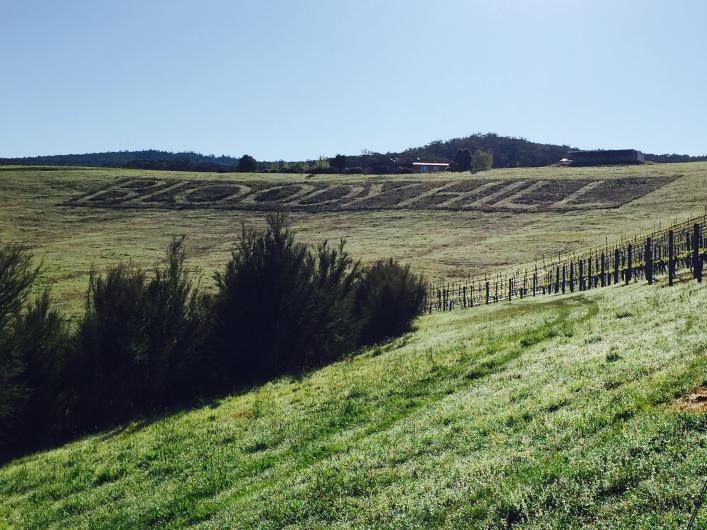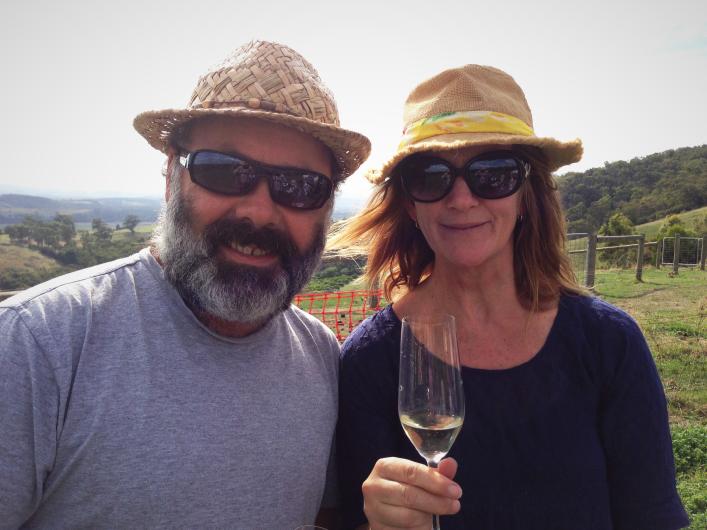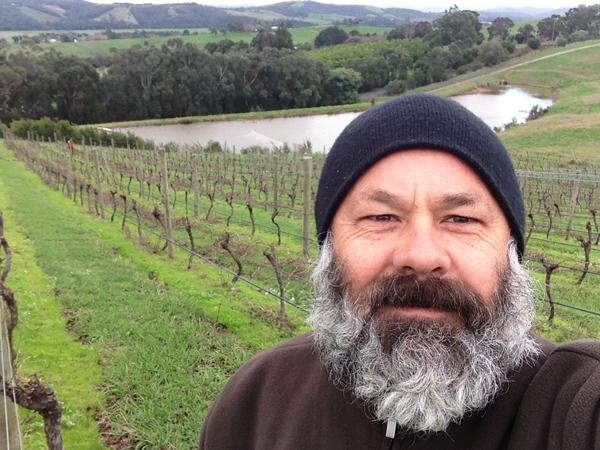Mayer Nebbiolo

Wine Description
 Acclaim
Acclaim
 Vineyard & Production Info
Vineyard & Production Info
No relevant data were found.
 Winemaking & Aging
Winemaking & Aging
Prefermentation Technique:
100% Wholebunch
Type of aging container:
Hogs Heads
Total SO2
62
 Analytical Data
Analytical Data
pH level:
3.6
Acidity:
5.7 g/L
Alcohol:
13 %
Total SO2
62
Residual sugar:
0.18 g/L
 Wine Production
Wine Production
After hand-picking the fruit is fermented 100% whole-bunch with wild yeast in old oak. Wines are left on lees for a year with only one handling into the blending tank at bottling where they add a small amount of sulphur. Bottled unfined and unfiltered.
 About the Vineyard
About the Vineyard
Grapes are sourced from De Bortoli in Dixons Creek in the northern Yarra Valley. The soils are sedimentary in origin and are known as Humevale Siltstones. Climate is cool in relation to the rest of Australia's viticultural regions, with rainfall in the winter and spring, and relatively cool, dry and humid summers. There is limited maritime influence.





